Introduction
Biluochun, a name that evokes images of emerald-green spirals dancing in a porcelain cup, is one of China’s most revered green teas. Hailing from the misty slopes of Dongting Mountain in Jiangsu Province, this tea is celebrated for its delicate flavor, floral aroma, and striking appearance. Yet, behind every perfect leaf lies a centuries-old craft: the meticulous process of stir-frying, a technique that transforms freshly plucked buds into a sensory masterpiece. This article delves into the intricate steps, tools, and cultural significance of stir-frying Biluochun, offering a glimpse into the time-honored artistry that has defined this tea for generations.
The Essence of Stir-Frying: More Than Just Cooking
Stir-frying, or chao qing in Chinese, is the heart of Biluochun’s production. Unlike steaming or pan-frying, this method involves hand-tossing fresh leaves in a heated wok at precise temperatures to halt oxidation, preserve nutrients, and lock in the tea’s vibrant color and aroma. The process demands patience, skill, and an intimate connection between the tea master and the leaves. A single misstep—a degree too high, a moment too long—can compromise the entire batch. For Biluochun, stir-frying is not merely a step; it is the soul of the tea.
Harvesting: The Foundation of Excellence
The journey begins in early spring, when tea bushes awaken from winter’s slumber. Only the youngest, most tender shoots are selected: one bud and one leaf, plucked before dawn to retain morning dew and freshness. The picker’s fingertips must be gentle, as bruising the leaves would introduce bitterness. This selectivity is labor-intensive; a kilogram of Biluochun requires roughly 60,000 to 80,000 buds. The harvested leaves are then spread thinly on bamboo trays, shielded from direct sunlight, to begin withering.
Withering: The Quiet Transformation
Withering softens the leaves, reduces moisture, and primes them for the intense heat of stir-frying. Traditionally, this occurs naturally under diffused sunlight or indoors on clean mats. Modern producers may use controlled environments with fans and heaters to maintain consistency. The duration varies from 1–2 hours, depending on humidity and temperature. The leaves should lose about 20–30% of their water content, becoming pliable but not brittle. A skilled tea master can gauge readiness by crushing a leaf: it should break with a crisp snap, not shatter into dust.
Fixing the Green (Sha Qing): The Critical Moment
This is where the alchemy happens. A large, rounded wok is heated over charcoal or electric coils to 200–250°C (392–482°F). The tea master’s hands become the primary tool, swiftly tossing and swirling the leaves to prevent burning. The goal is to deactivate enzymes responsible for oxidation while preserving chlorophyll and aromatics. The leaves hiss and release a grassy, then floral, scent as moisture evaporates. This stage lasts 3–5 minutes, requiring unwavering focus. Overcooking yields a dull, brownish hue; undercooking leaves the tea astringent. The master’s experience, honed over years, dictates the rhythm.
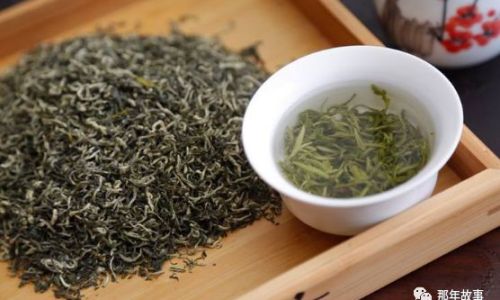
Rolling (Rou Nian): Shaping the Spiral
Once the leaves are partially dried, they enter the rolling phase. Traditionally done by hand, this step twists the leaves into tight, curled spirals—Biluochun’s signature shape. The tea master applies gentle pressure, kneading the leaves between their palms to rupture cell walls and release essential oils. This action also concentrates flavors and ensures the tea unfurls beautifully during brewing. Modern methods may use mechanical rollers, but purists argue that hand-rolling imparts a superior texture. The leaves are then left to rest, allowing moisture to redistribute evenly.
Drying (Hong Zao): The Final Touch
The last stage involves low-heat drying to eliminate residual moisture and stabilize the tea’s quality. Temperatures drop to 80–90°C (176–194°F), and the leaves are stirred continuously to avoid scorching. This step takes 10–15 minutes, reducing moisture to below 5%. The result is a velvety texture, a vibrant green hue, and a aroma that balances freshness with a subtle toastiness. Proper drying is crucial for shelf life; any excess moisture invites mold.
Tools of the Trade: Woks, Bamboo, and Fire
The equipment used in stir-frying Biluochun is as integral as the technique itself. A cast-iron wok with a convex base ensures even heat distribution, while a bamboo brush prevents sticking without scratching the surface. Charcoal stoves remain traditional for their adjustable, radiant heat, though electric alternatives offer precision. Bamboo trays and cooling racks facilitate withering and drying, their natural fibers absorbing excess moisture. Together, these tools embody the harmony between human ingenuity and nature’s bounty.
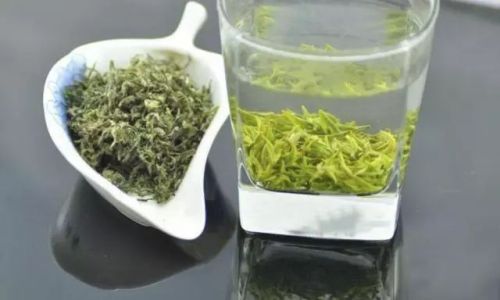
The Tea Master’s Senses: A Symphony of Sight, Smell, and Touch
Stir-frying Biluochun is an sensory experience. The master relies on:
- Sight: Observing color changes from emerald to jade, then to a muted green.
- Smell: Detecting transitions from vegetal to floral, then toasty notes.
- Touch: Feeling the leaves’ texture, from supple to slightly crisp.
- Sound: Listening for a crisp rustle, indicating optimal dryness.
This multisensory approach is why apprentices train for years under masters, learning to “read” the leaves through subtle cues.
Challenges and Modern Adaptations
While tradition is revered, modernity presents challenges. Climate change affects harvest schedules, and labor shortages threaten hand-processing. Some producers adopt hybrid methods, using machines for rolling or drying but retaining hand-stir-frying for quality. However, purists argue that machinery cannot replicate the nuance of human touch, especially in fixing the green—a step where milliseconds matter.
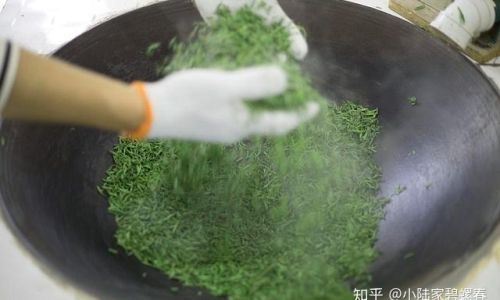
Cultural Significance: Beyond the Cup
Biluochun’s stir-frying process is steeped in ritual and history. Legend traces its origins to the Tang Dynasty, when a tea farmer, inspired by a whirling leaf, began tossing buds in a wok to preserve their beauty. Today, the craft is recognized as Intangible Cultural Heritage, with masters passing down secrets through lineages. In tea ceremonies, Biluochun symbolizes refinement and respect for nature, its preparation a meditation on impermanence and patience.
Conclusion: The Legacy of a Leaf
Stir-frying Biluochun is more than a culinary technique; it is a dialogue between human and plant, a testament to the marriage of skill and intuition. Each spiral holds the essence of spring, the breath of the mountains, and the dedication of generations. As global appreciation for artisanal teas grows, the craft of stir-frying remains a beacon of authenticity—a reminder that some traditions, like Biluochun itself, only deepen with time.
In a world of instant gratification, the slow, deliberate act of stir-frying invites reflection. It teaches us that beauty and flavor are not rushed but cultivated, one delicate toss at a time.

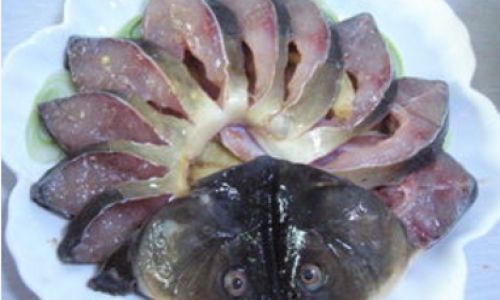
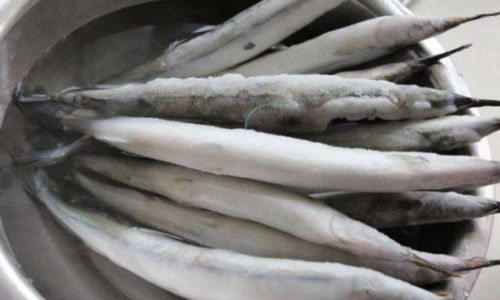
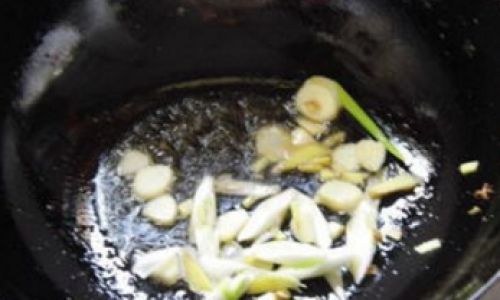
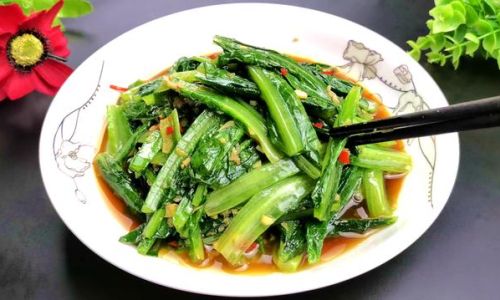
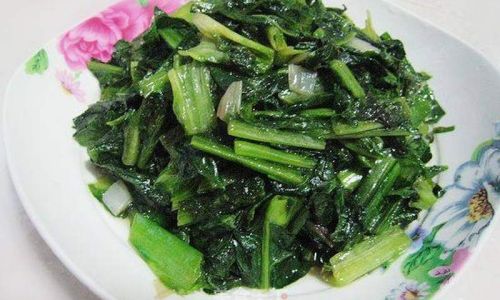
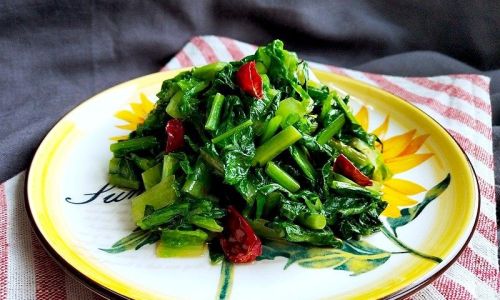
0 comments